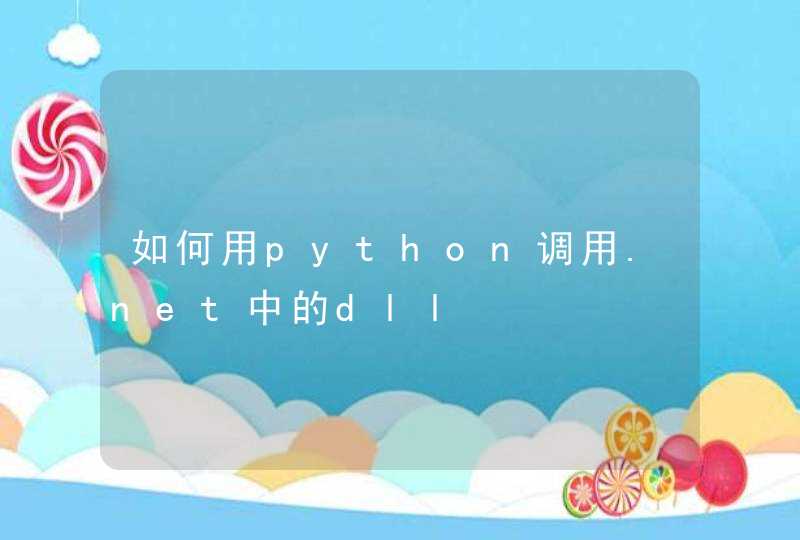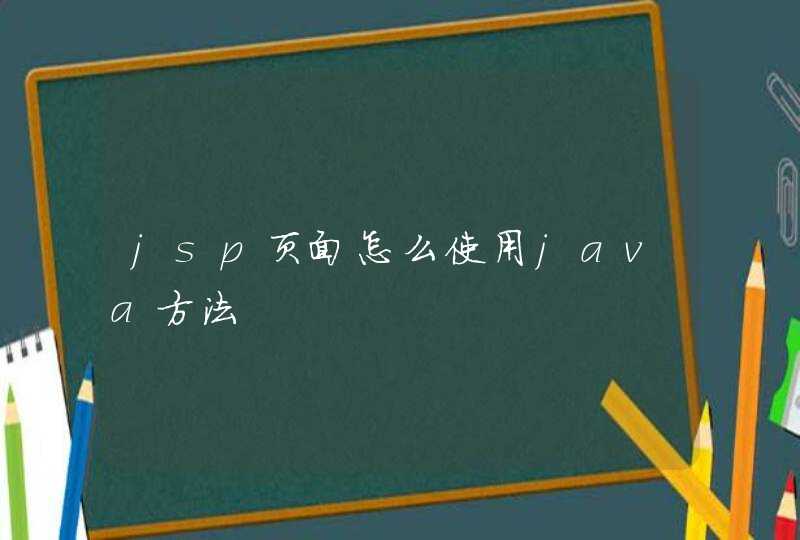
#include <time.h>
int main()
{
time_t rawtime
struct tm * timeinfo
time ( &rawtime )
timeinfo = localtime ( &rawtime )
printf ( "The current date/time is: %s", asctime (timeinfo) )
return 0
}
说明:
time_t // 时间类型(time.h 定义)
struct tm { // 时间结构,time.h 定义如下:
int tm_sec
int tm_min
int tm_hour
int tm_mday
int tm_mon
int tm_year
int tm_wday
int tm_yday
int tm_isdst
}
time ( &rawtime )// 获取时间,以秒计,从1970年1月一日起算,存于rawtime
localtime ( &rawtime )//转为当地时间,tm 时间结构
asctime() // 转为标准ASCII时间格式:
//就是直接打印tm,tm_year 从1900年计算,所以要加1900,月tm_mon,从0计算,所以要加1
1. ctime函数函数: ctime
功 能: 把日期和时间转换为字符串
用 法: char *ctime(const time_t *time)
程序例:
#include<cstdio>
#include<ctime>
intmain(void)
{
time_tt
t=time(&t)
printf("Today'sdateandtime:%s\n",ctime(&t))
return0
}
注:若在linux下使用本函数,需要include <time.h>头文件
2.CTime类
CTime类的对象表示的时间是基于格林威治标准时间(GMT)的。CTimeSpan类的对象表示的是时间间隔。
CTime类一般不会被继承使用。其对象的大小是8个字节。
CTime表示的日期上限是2038年1月18日,下限是1970年1月1日 12:00:00 AM GMT。
CTime类的成员函数
CTime()
构造一个未经初始化的CTime对象。此构造函数使我们可以定义一个CTime对象的数组,在使用数组前需要以有效的时间值为其初始化。
CTime(__time64_t time)
以一个__time64_t(注意:最前面的下划线有两条)类型的数据来构造一个CTime对象。参数time是一个__time64_t类型的值,表示自GMT时间1970年1月1日零点以来的秒数,这里要注意的是,参数time代表的时间会转换为本地时间保存到构造的CTime对象中。例如,我们传递参数0构造一个CTime对象,然后调用CTime对象的GetHour成员函数将返回8,因为参数0代表的GMT时间转换为北京时间后为1970年1月1日 8:00:00。
CTime(
int nYear,
int nMonth,
int nDay,
int nHour,
int nMin,
int nSec,
int nDST = -1
)
以本地时间的年、月、日、小时、分钟、秒等几个时间分量构造CTime对象。参数nYear、nMonth、nDay、nHour、nMin、nSec分别表示年、月、日、小时、分钟、秒,取值范围如下:
时间分量 取值范围
nYear 1970-3000
nMonth 1-12
nDay 1-31
nHour 0-23
nMin 0-59
nSec 0-59
参数nDST指定是否实行夏令时,为0时表示实行标准时间,为正数时表示实行夏令时,为负数时由系统自动计算实行的是标准时间还是夏令时。
CTime(const SYSTEMTIME&st,int nDST = - 1)
以一个SYSTEMTIME结构体变量来构造CTime对象。SYSTEMTIME结构体也是我们对日期时间的常用表示方式。参数st为以本地时间表示的SYSTEMTIME对象,参数nDST同上。
static CTime WINAPI GetCurrentTime( )
获取系统当前日期和时间。返回表示当前日期和时间的CTime对象。
int GetYear( ) const;
获取CTime对象表示时间的年份。范围从1970年1月1日到2038年(包括2038年)1月18日。
int GetMonth( ) const
获取CTime对象表示时间的月份。范围为1到12。
int GetDay( ) const
获取CTime对象表示时间的日期。范围为1到31。
int GetHour( ) const
获取CTime对象表示时间的小时。范围为0到23。
int GetMinute( ) const
获取CTime对象表示时间的分钟。范围为0到59。
int GetSecond( ) const
获取CTime对象表示时间的秒。范围为0到59。
int GetDayOfWeek( ) const
此函数的返回值表示CTime对象代表的是星期几,1表示是周日,2表示是周一,以此类推。
CString Format(LPCTSTR pszFormat) const
将CTime对象中的时间信息格式化为字符串。参数pszFormat是格式化字符串,与printf中的格式化字符串类似,格式化字符串中带有%前缀的格式码将会被相应的CTime时间分量代替,而其他字符会原封不动的拷贝到返回字符串中。格式码及含义如下:
%a:周的英文缩写形式。
%A:周的英文全名形式。
%b: 月的英文缩写形式。
%B:月的英文全名形式。
%c: 完整的日期和时间。
%d:十进制形式的日期(01-31)。
%H:24小时制的小时(00-23)。
%I: 12小时制的小时(00-11)。
%j: 十进制表示的一年中的第几天(001-366)。
%m: 月的十进制表示(01-12)。
%M:十进制表示的分钟(00-59)。
%p: 12小时制的上下午标示(AM/PM)。
%S: 十进制表示的秒(00-59)。
%U: 一年中的第几个星期(00-51),星期日是一周的第一天。
%W: 一年中的第几个星期(00-51),星期一是一周的第一天。
%w: 十进制表示的星期几(0-6)。
%Y: 十进制表示的年。
CTime operator +(CTimeSpan timeSpan) const
将CTime对象和CTimeSpan对象相加,返回一个CTime对象。实际意义就是在一个时间的基础上推后一个时间间隔,得到一个新的时间。
CTime operator -(CTimeSpan timeSpan) const
将CTime对象和一个CTimeSpan相减,返回一个CTime对象。实际意义就是在一个时间的基础上提前一个时间间隔,得到一个新的时间。
CTimeSpan operator -(CTime time) const
将该CTime对象和另一个CTime对象相减,返回一个CTimeSpan对象。实际意义就是计算两个时间点的间隔,得到一个CTimeSpan对象。
CTime&operator +=(CTimeSpan span)
为该CTime对象增加一个span表示的时间间隔。
CTime&operator -=(CTimeSpan span)
为该CTime对象减去一个span表示的时间间隔。
CTime&operator =(__time64_t time)
为该CTime对象赋予一个新的时间值。
简单说下剩下的几个重载i运算符:
operator == : 比较两个绝对时间是否相等。
operator != : 比较两个绝对时间是否不相等。
operator >: 比较两个绝对时间,是否前一个大于后一个。
operator <: 比较两个绝对时间,是否前一个小于后一个。
operator >= : 比较两个绝对时间,是否前一个大于等于后一个。
operator <= : 比较两个绝对时间,是否前一个小于等于后一个。[1]
=====================================================================
C++中,CTime 与 CString转换
CTime m_StartTime1 = CTime::GetCurrentTime()
CString csStartTime = m_StartTime1.Format( "%Y%m%d%H%M%S" )
一.将CString转为CTime的几种方法
CString timestr = "2000年04月05日"
int a,b,c
sscanf(timestr.GetBuffer(timestr.GetLength()),"%d年%d月%d日",&a,&b,&c)
CTime time(a,b,c,0,0,0)
--------or - ---------------------
CString s("2001-8-29 19:06:23")
int nYear, nMonth, nDate, nHour, nMin, nSec
sscanf(s, "%d-%d-%d %d:%d:%d", &nYear, &nMonth, &nDate, &nHour, &nMin, &nSec)
CTime t(nYear, nMonth, nDate, nHour, nMin, nSec)
---- or ------------------------
CString timestr = "2000年04月05日"
int year,month,day
BYTE tt[5]
//get year
memset(tt, 0, sizeof(tt))
tt[0] = timestr[0]
tt[1] = timestr[1]
tt[2] = timestr[2]
tt[3] = timestr[3]
year= atoi((char *)tt)
//get month
memset(tt, 0, sizeof(tt))
tt[0] = timestr[6]
tt[1] = timestr[7]
month = atoi((char *)tt)
//get day
memset(tt, 0, sizeof(tt))
tt[0] = timestr[10]
tt[1] = timestr[11]
day = atoi((char *)tt)
CTime time(year,month,day,0,0,0)
从上面来看,很明显使用sscanf()函数的优势.
二.将CTIme转换为CString的方法:
CTime tmSCan = CTime::GetCurrentTime()
CString szTime = tmScan.Format("'%Y-%m-%d %H:%M:%S'")
这样得到的日期时间字符串就是以"2006-11-27 23:30:59"的格式.这是不是很方便呢?
//取得CTime中的日期
CString cstrDate = tmScan.Format("%Y-%m-%d")
//取得CTime中的时间
CString cstrTime = tmScan.Format("%H:%M-%S")
sprintf还有个不错的表妹:strftime,专门用于格式化时间字符串的,用法跟她表哥很像,也是一大堆格式控制符,只是毕竟小姑娘家心细,她还要调用者指定缓冲区的最大长度,可能是为了在出现问题时可以推卸责任吧。这里举个例子:
更多更好的sprintf()函数说明参考:《spirntf,你知道多少?》
time_t t = time(0)
//产生"YYYY-MM-DD hh:mm:ss"格式的字符串。
char s[32]
strftime(s, sizeof(s), "%Y-%m-%d %H:%M:%S", localtime(&t))
sprintf在MFC中也能找到他的知音:CString::Format,strftime在MFC中自然也有她的同道:CTime::Format,这一对由于从面向对象哪里得到了赞助,用以写出的代码更觉优雅
#include<stdio.h>#include<conio.h>
#include<stdlib.h>
main()
{
int year,month,day
int leapyear=0//闰年时使用
int daytime=0
int sum
static int month_date[12]={31,28,31,30,31,30,31,31,30,31,30,31}
printf("请输入日期:(例如:2010 5 27)")
scanf("%d%d%d",&year,&month,&day)
if(year<=0||month>12||month<1)//判断输入是否正确
{
printf("Error!\n")
getch()
exit(0)
}
if(year%400==0||(year%4==0&&year%100!=0))//判断是否为闰年
leapyear=1//是就加1
if(month==2)//判断日是否输入正确,2月是特殊的因为分闰年和平年
{ if((month_date[month-1]+leapyear)<day||day<=0)
{
printf("Error!\n")
getch()
exit(0)
}
}
if(month!=2)//当输入不是2月时,判断输入
{
if(month_date[month-1]<day||day<=0)
{
printf("Error!\n")
getch()
exit(0)
}
}
printf("\n请输入天数:")
scanf("%d",&daytime)//输入第N天后
if(daytime<0)
{
printf("Error!\n")
getch()
exit(0)
}
sum=daytime+day//当前日期与N天相加
do
{
if(month==2)//判断当月是不是二月份
month_date[month-1]+=leapyear
if(sum>month_date[month-1])
{
sum-=month_date[month-1]
month++//超过当月天数,加一个月
if(month==13)//当月份超过12月时,重新返到1月
{
year++//加一年
if(year%400==0||(year%4==0&&year%100!=0))//判断加一年后是不是闰年
leapyear=1
else
leapyear=0//不是闰年则为0
month=1//因为12月的下一个月是1月
}
}
}while(sum>month_date[month-1])//当加起来的天数少于当月的天数就停止循环
day=sum
printf("\n第%d天后是%d %d %d",daytime,year,month,day)//输出
getch()
}





































































